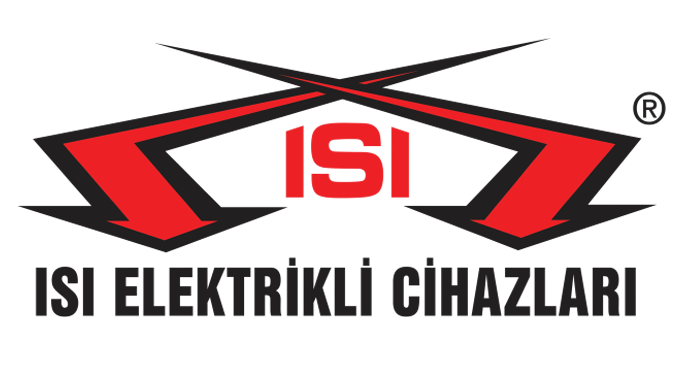Plastic Mold Heater
Plastic mold heaters are critical components used in plastic injection molding processes; these heaters are employed to ensure the consistent melting and injection of plastic materials and to maintain desired temperature levels within the mold, which is crucial for product quality, uniformity, and productivity.Heating Elements Used in Plastic Molds
- Band Heaters: Flat, band-shaped heating elements located on the sides or bottom of plastic molds. These heaters are usually housed in a metal casing and are used to evenly heat specific areas of the mold.
- Cartridge Heaters: Cylindrical-shaped heaters housed in a metal casing. They are placed inside the interior of plastic molds and used to directly heat the mold cavity.
- Platinum Heaters: Thin metal plate-shaped heaters used at specific points in plastic molds. These heaters are preferred for precisely heating specific areas of the mold.
Advantages of Plastic Molds
- High Production Speed: Plastic injection molds enable rapid production processes. A single injection process allows for the production of many parts in a short period.
- Cost-Effectiveness: Plastic molds are a cost-effective option for high-volume production. While the initial mold cost may be high, the cost per part decreases during mass production.
- High Precision and Reproducibility: Plastic injection molds provide high precision and reproducibility. This allows parts to be produced consistently within specific tolerances.
- Wide Design Flexibility: Plastic molds enable the production of complex geometric parts, offering flexibility in desired shapes, sizes, and features.
- Various Material Options: Plastic injection molds allow for the use of many different types of plastic materials, offering various durability, hardness, color, and other properties.
- Low Waste Production: Plastic injection molds are efficient in material usage. Waste production during the process is typically low, with recycling possibilities.
- Rapid Prototyping: Plastic molds are ideal for rapid prototyping. They enable the rapid production and testing of prototype parts, accelerating the product development process.
Technical Specifications of Plastic Mold Heating Elements
- Power: Plastic mold heating elements are available in a wide power range, from 25 watts to 2500 watts, depending on mold size, plastic type, and desired cycle time.
- Voltage: Plastic mold heating elements can operate at single-phase or three-phase 220-volt or 380-volt voltage.
- Temperature: Plastic mold heating elements can operate within a wide temperature range, from 50°C to 450°C, depending on the plastic type and desired product quality.
- Thermocouple Type: Plastic mold heating elements are equipped with J, K, or T type thermocouples for temperature control.
- Heater Type: Plastic mold heating elements are available in various types, including rod type, nozzle type, band type, and manifold type.
- Insulation Material: Plastic mold heating elements are made of high-temperature resistant insulation materials such as mica, ceramic, or silicone rubber.
- Cable Connection: Plastic mold heating elements are available with plug type, cable lug type, or terminal type cable connections.
Applications of Plastic Molds
- Automotive Industry: The automotive sector widely utilizes plastic molds for the production of interior and exterior vehicle parts including bumpers, dashboards, console parts, headlamp housings, and interior trim parts.
- Consumer Electronics: Plastic molds are used for the production of outer casings and parts of phones, computers, televisions, and other electronic devices.
- Medical Industry: Plastic molds are used in the production of many parts of medical devices and equipment including surgical instruments, medical device casings, tubes, and caps.
- Packaging Industry: Plastic molds are used in the production of many packaging products including bottles, caps, trays, boxes, and packaging containers for food and beverages.
- Household Items and Appliances: Plastic molds are used in the production of many household items and appliances including furniture parts, kitchenware, toys, garden equipment, and other household appliances.
- Construction and Building Industry: Plastic molds are used in the production of various parts in the construction and building industry including pipes and fittings, window and door frames, insulation materials, and structural components.
- Textile and Fashion Industry: Plastic molds are used in the production of accessories such as buttons, zippers, buckles, and other accessories in the fashion and textile industry.
Plastic Mold Industry Heaters

-500x500.jpg)
-500x500.jpg)
-500x500w.jpg)
-500x500.jpg)
-500x500.jpg)
-500x500.jpg)